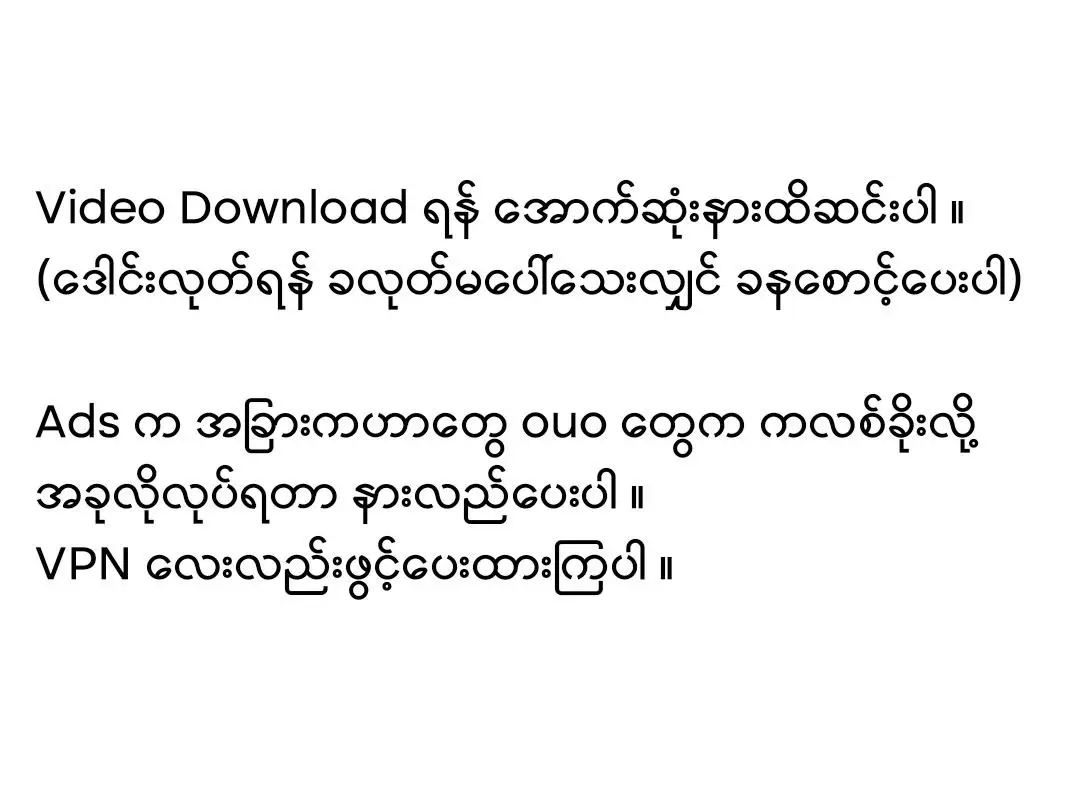
Sushi is gaining popularity internationally, and there are more varieties of sushi in the West than in Japan. Using salmon is a notable exception to this rule. The Japanese have eaten salmon since ancient times, but the wild salmon that is often caught has parasites, and the red meat needs to be cooked or cured to taste. In the 1960s and 70s, Norwegian businessmen began experimenting with aquaculture halfway around the world. It was a major breakthrough when they discovered how to produce salmon in ocean pens. Farmed Atlantic salmon are said to have advantages over Pacific salmon, such as the absence of parasites, ease of catching animals, and ability to grow with high fat content. They’ve bred fatty, parasite-free salmon with the help of government subsidies and improved methods, leading to overproduction. With a small population and limited markets, Norway looks to other countries for salmon exports. In 1980, the first shipment of Norwegian salmon was approved for shipment to Japan. This salmon is for grilling, not sushi. In the 1970s, salmon was already eaten as an ingredient in North American sushi [44][45][46]. Until the late 1980s, Norwegian businessman Björn Eirik Olsen was tasked with helping Solving the oversupply of the Norwegian salmon industry, when salmon is sold in Japan, sushi is not very popular. Real or imitation crab, cucumber and avocado have provided inspiration for developing other sushi dishes that appeal to Western palates. Since then, various common rolls (such as seaweed rolls and uramaki) have been developed. Another variation of uramaki is called a “Norwegian roll”. It’s an omelet made with crabmeat, cucumber, and eggs, topped with slices of Norwegian salmon and drizzled with lemon and mayonnaise.
